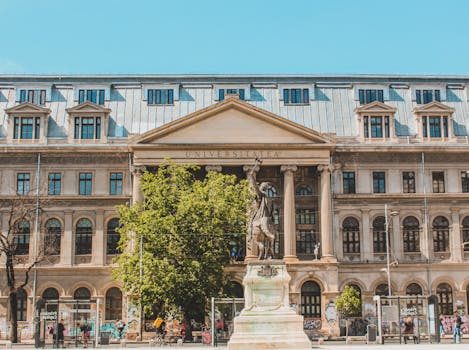
Traveling Through Time: How Europe’s Historical Heritage Shapes Modern Lifestyles in 2025
Traveling Through Time: How Europe’s Historical Heritage Shapes Modern Lifestyles in 2025. Europe, a continent steeped in history and tradition, has a profound impact on modern lifestyles. From the ancient ruins of Greece and Rome to the medieval castles of England and France, Europe’s historical heritage is a treasure trove of cultural, architectural, and artistic riches. In this article, we will explore how Europe’s historical heritage continues to shape modern lifestyles in 2025, and what this means for travelers and locals alike.
Architectural Legacy
One of the most striking ways in which Europe’s historical heritage shapes modern lifestyles is through its architectural legacy. The continent is home to some of the most iconic and influential buildings in the world, from the Colosseum in Rome to the Eiffel Tower in Paris. These structures not only serve as tourist attractions but also as inspiration for modern architects and designers. Many contemporary buildings in Europe, such as the Guggenheim Museum in Bilbao, Spain, and the Tate Modern in London, pay homage to the continent’s rich architectural heritage while also incorporating innovative and sustainable design elements.
Artistic and Cultural Heritage
Europe’s historical heritage is also evident in its vibrant artistic and cultural scene. The continent is home to numerous world-class museums, galleries, and festivals, showcasing the works of artists from Michelangelo to Picasso. The Uffizi Gallery in Florence, the Louvre in Paris, and the Prado in Madrid are just a few examples of the many institutions that house some of the world’s most famous and influential artworks. Additionally, Europe’s cultural festivals, such as the Venice Carnival and the Tomatina festival in Spain, attract millions of visitors each year and provide a unique glimpse into the continent’s rich cultural heritage.
Culinary Traditions
Europe’s historical heritage is also reflected in its diverse and delicious culinary traditions. From the pasta dishes of Italy to the tapas of Spain, and from the beer halls of Germany to the patisseries of France, each country has its own unique gastronomic identity. Many of these culinary traditions have been passed down through generations, with recipes and cooking techniques often dating back centuries. For travelers, sampling local cuisine is an essential part of the European experience, and many restaurants and cafes now offer traditional dishes with a modern twist, using fresh, locally sourced ingredients and innovative cooking methods.
Modern Interpretations
In 2025, Europe’s historical heritage continues to evolve and adapt to modern lifestyles. Many historic buildings and landmarks are being repurposed as contemporary art spaces, boutique hotels, and trendy bars and restaurants. The continent’s rich cultural heritage is also being reinterpreted through modern art forms, such as street art, digital installations, and immersive experiences. For example, the ancient city of Pompeii has been recreated as a virtual reality experience, allowing visitors to explore the ruins in a completely new and innovative way.






